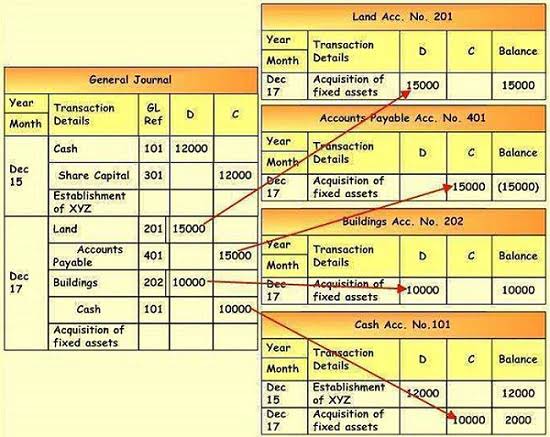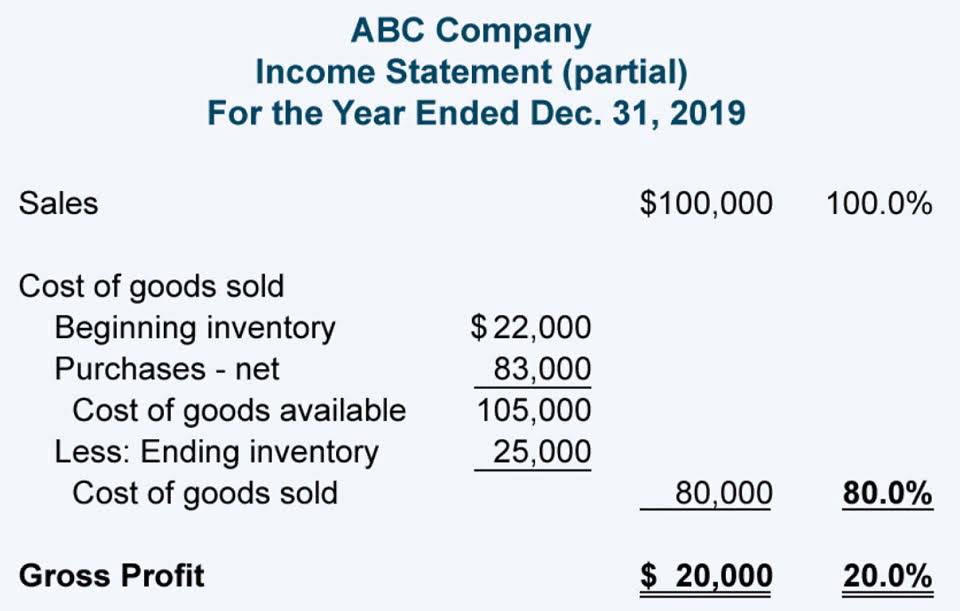
“Audit leaders and influencers are embracing auditing in the future,” Anderson said. “Firm culture is https://x.com/BooksTimeInc changing, teams are evolving and inclusive, and new technology is being understood as a tool in providing critical insights. Either you’re a leader embracing this change, or you’re watching it all happen.” Anderson foresees accountants initially delivering nonfinancial audit results in a format similar to a System and Organization Controls (SOC) report before ultimately progressing to delivering the results via a real-time dashboard. Kepczyk pointed to self-driving cars as a real-world example of how the huge increase in real-time data analytics may create significant change. AI software will analyze the data in real time, making it possible to adjust traffic patterns, alter routes affected by accidents or construction projects, and correct mistakes so no other vehicle will make them.
Internal Control Systems

From then on, the four largest existing accounting firms have been known as the Big 4. The median salary for all accountants and auditors was what do accounting firms do $77,250 in May 2021, according to BLS. But the earning potential could be much higher depending on the specifics of an accountant’s role. Then, each year, you must complete continuing education, as required by your state.

What’s a typical work environment for an accountant?

They can help clients with tax planning strategies such as implementing retirement plans, structuring business transactions, and optimizing tax implications for investments. This proactive approach ensures that clients are equipped with the knowledge and tools to make informed tax decisions and take advantage of tax-saving opportunities throughout the year. Measured by revenue, the Big Four global accounting firms include Deloitte, Ernst & Young (EY), PricewaterhouseCoopers (PwC), and Klynveld Peat Marwick Goerdeler (KPMG). The companies provide auditing services, tax, strategy and management consulting, valuation, market research, assurance, and legal advisory services. All four are leading sources of tax law interpretation and accounting and auditing standards. An https://www.bookstime.com/ accountant manages and analyzes financial records, prepares financial statements, and ensures compliance with regulatory requirements.
What Is the Difference Between an Accountant and a CPA?
Furthermore, because CPAs have a responsibility to the users of the client’s financial statements, clients expect CPAs to uphold the profession’s rules on independence. In an effort to help ensure information is reliable and consistent, accounting assumptions are a set of guidelines that indicate how a company operates and business transactions are recorded. Further illustrating this point are the advancements in innovative technology, such as AI, and its impact on the profession. In fact, more boards and audit committees are, or will be, looking for accountants who understand AI’s potential and limitations.
- In most other countries, a set of standards governed by the International Accounting Standards Board named the International Financial Reporting Standards (IFRS) is used.
- A bachelor’s degree in accounting or a related field is typically the minimum requirement.
- Their expertise and insights provide businesses with the tools and guidance they need to achieve growth and success.
- Accounting is divided into the public and private sectors, with public sector accountants providing services to a range of clients, which may include the government.

In summary, bookkeeping and payroll services provided by accounting firms are essential for businesses to maintain accurate financial records and manage their payroll obligations. By outsourcing these services, businesses can ensure compliance with financial reporting requirements, accurately compensate their employees, and stay up-to-date with ever-changing payroll regulations. Tax planning and preparation are vital services provided by accounting firms to individuals and businesses. Tax laws and regulations can be complex and ever-changing, making it challenging for individuals and organizations to navigate through the intricacies of tax compliance.


